Iran Pistachio Wholesale Price
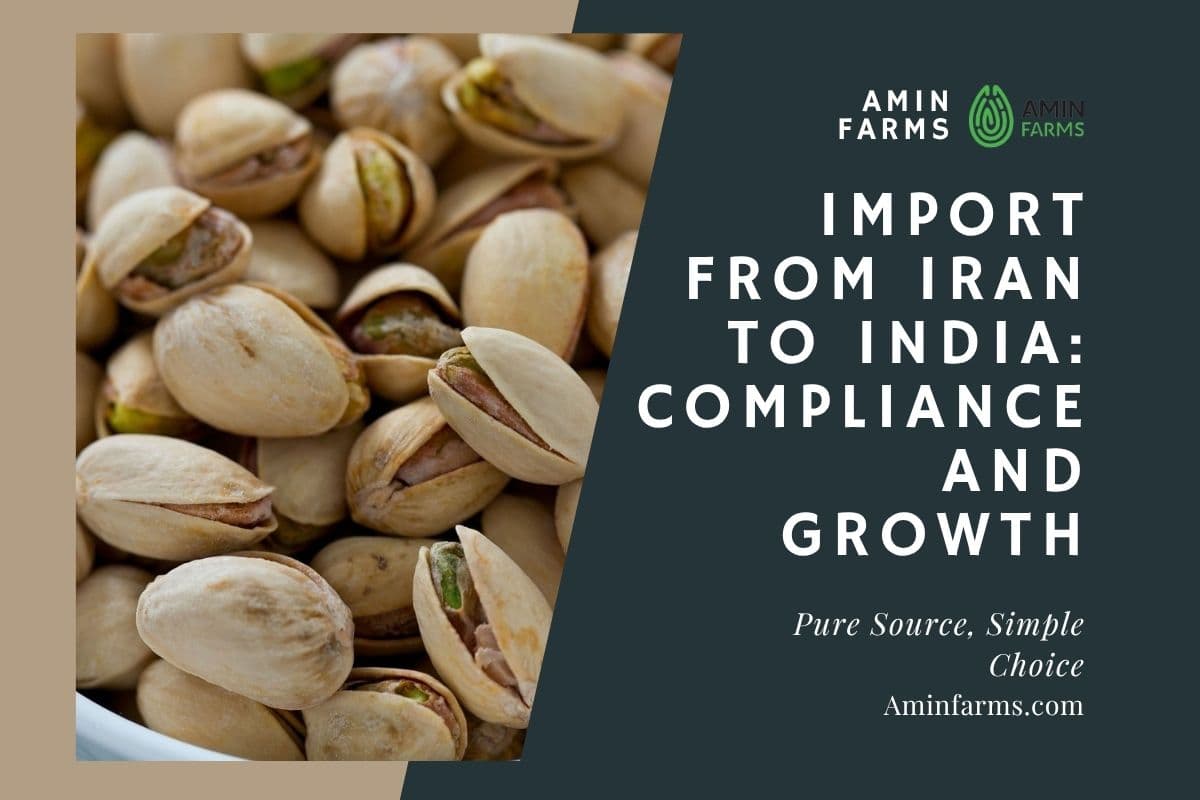
If you’re searching for a reliable and up-to-date overview of the pistachio wholesale price in Iran, this guide has everything you need. As one of the world’s top exporters, Iran’s pistachio market is influenced by a variety of key factors that shape final prices for international buyers.
In this report, we explore the 2025 pistachio wholesale price in Iran, outlining current price ranges for popular varieties such as Kalleh Ghouchi, Ahmad Aghaei, and Fandoghi. We also examine the major factors driving these prices, including supply and demand shifts, exchange rate fluctuations, and climate conditions affecting harvests.
To help you see the bigger picture, we compare Iranian pistachio prices with those of other global suppliers, offering valuable insight into how Iran maintains its competitive edge. For importers and bulk buyers, we provide practical advice on securing the best deals, verifying quality, and managing logistics effectively. We also look ahead to upcoming market trends, helping you make informed decisions for future planning.
For reference, the Pistachio wholesale price in Iran per kg varies by type, grade, and shipment terms, but understanding the forces behind those numbers is key. This guide isn’t just about prices; it’s about perspective, helping you succeed in the vibrant Iranian pistachio trade.
Current Pistachio Wholesale Price in Iran
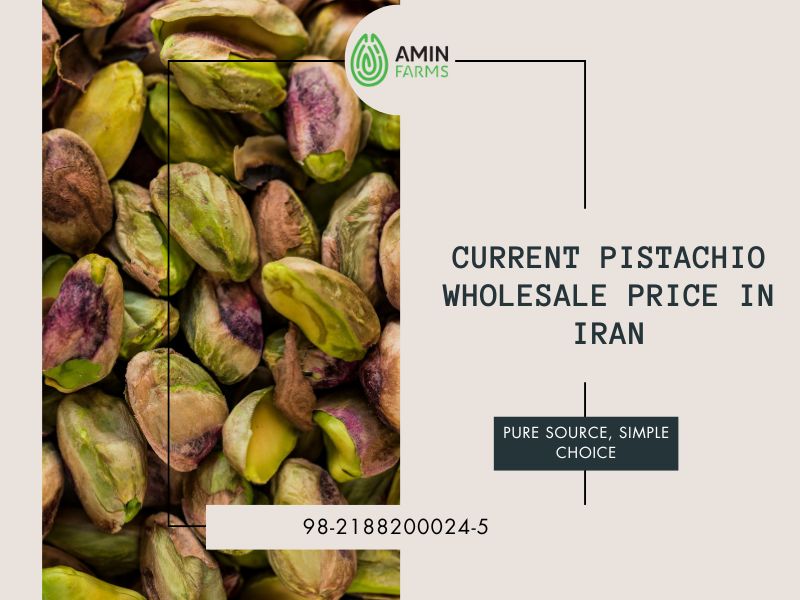
The Iranian pistachio market in 2025 has shown steady yet notable activity. While global pistachio prices have increased due to growing demand and limited supply in certain producing regions, Iran’s export (FOB) prices have remained relatively competitive. This stability stems from consistent domestic supply, favourable currency conditions, and Iran’s continued position as one of the world’s top pistachio exporters.
Overall, the pistachio wholesale price in Iran for in-shell, export-quality nuts in early 2025 has been reported at around USD 5-9 per kg (FOB Bandar Abbas or similar terms). This serves as a practical benchmark for bulk importers, though final prices naturally depend on factors such as variety, grade, and shipment volume. Despite exchange rate fluctuations, Iranian pistachios remain among the most cost-effective options in the global market, particularly for high-volume buyers seeking value and reliability.
Price Ranges by Variety and Grades of pistachios
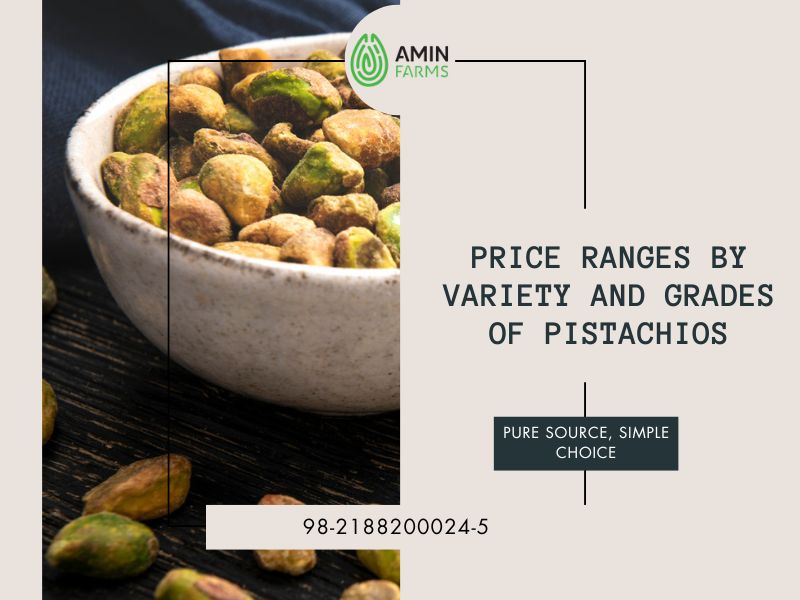
Pricing in Iran’s pistachio market depends heavily on both variety and grade (size and quality). Ounce count classifies pistachios: the lower the ounce count, the larger and pricier the nut.
1. Premium and luxury types (Akbari & Kalleh Ghouchi)
These high-end varieties are prized for their large size and distinctive appearance. They typically occupy the upper end of the price spectrum, ranging between about USD 7 and 9 per kg for premium export grades. Exceptional uniformity and well-opened shells can drive prices slightly higher.
2. Mid-range variety (Ahmad Aghaei)
Known for its elongated shape and lighter shell colour, Ahmad Aghaei pistachio offers a good balance between quality and affordability. Standard export sizes (24–26 ounces) usually trade at USD 6-8 per kg, making this variety a consistent favourite among global buyers.
3. Economy types (Fandoghi & Badami)
These smaller, high-volume varieties dominate Iran’s bulk export segment. Due to their higher ounce counts (28–32), they are generally priced at the lower end of the range, roughly USD 5-6.5 per kg, making them ideal for large-scale or industrial use.
It’s worth noting that pistachio kernels (shelled nuts) are considerably more expensive due to processing and grading standards. The wholesale price of premium green pistachios in Iran per kg typically ranges from USD 12 to 25, depending on colour, uniformity, and destination market.
Iran’s pistachio industry continues to balance tradition, quality, and value, offering buyers worldwide a reliable, competitive source across all market segments.
Factors Influencing Iranian Pistachio Prices
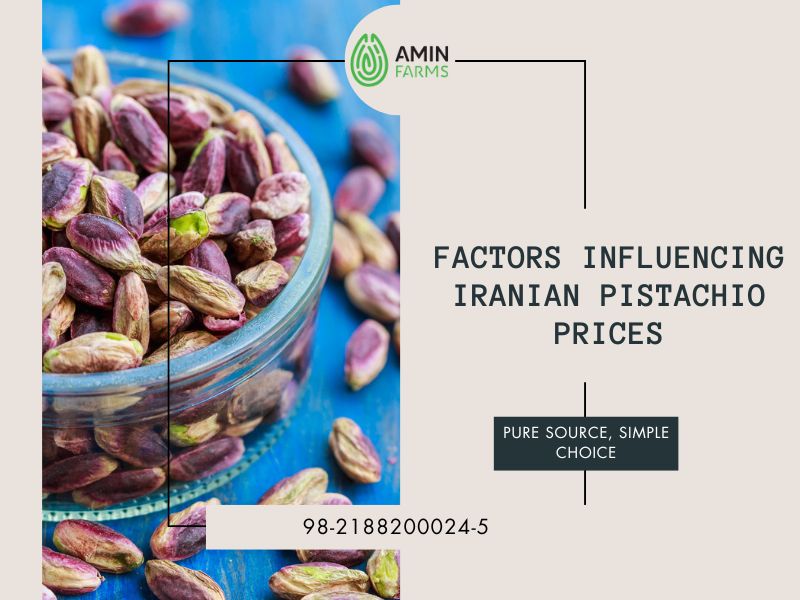
The pistachio wholesale price in Iran is not a fixed figure; a dynamic blend of economic, agricultural, and competitive factors at both domestic and global levels shapes it. For bulk buyers, understanding these dynamics is essential to forecast market trends and secure the best possible deals accurately. Let’s take a closer look at the key variables that influence pistachio prices in Iran.
1. Production and Annual Harvest
The most fundamental factor driving pistachio prices is the annual harvest volume. Pistachios follow a natural alternate-bearing cycle, meaning one year tends to be highly productive (an on-year), followed by a lighter yield year (an off-year). Any disruption to this rhythm, such as droughts, spring frosts, or sandstorms, can significantly reduce supply, pushing prices upward across both domestic and export markets.
2. Exchange Rates and Economic Policy
As a major export commodity, Iranian pistachio prices are closely tied to foreign exchange rates, especially the rial’s value against the U.S. dollar and the euro. A weaker rial typically makes Iranian pistachios more attractive to international buyers by lowering the effective dollar cost. Additionally, government policies on exports, customs duties, and payment regulations can either reduce or increase operational costs, thereby directly influencing price trends.
3. Product Quality and Standards
Intrinsic product characteristics also play a crucial role. Factors such as shell opening rate, kernel percentage, size (ounce count), and overall uniformity determine the grade, and the grade determines the price. Export-quality pistachios that meet strict international standards, particularly regarding aflatoxin control, consistently command premium prices compared to lower-grade or domestically sold nuts.
For international importers, especially those in South Asia, it’s important to note that the Pistachio wholesale price in Iran, expressed in rupees, fluctuates with currency exchange rates. As the rial and Indian rupee shift against the dollar, landed costs can vary, making timely purchasing decisions key to maintaining profitability.
4. Market Demand and Supply Dynamics
Global demand and international competition are the two main pillars that shape the movement of the pistachio wholesale price in Iran. Even with a strong domestic harvest, prices can come under pressure if global demand weakens or if major competitors like the U.S. and Turkey flood the market with large crops.
- Global competition and supply: Iran, alongside the United States, stands as one of the world’s largest pistachio producers. The size of the American crop directly affects global price trends. When the U.S. experiences a high-yield year, the overall supply of pistachios in international markets increases, naturally limiting the export prices that Iranian suppliers can achieve. Buyers worldwide constantly compare both markets, monitoring price shifts and availability to make the best purchasing decisions.
- Seasonal demand and key markets: Prices fluctuate throughout the year with seasonal demand. The peak usually arrives before major global holidays, especially the Chinese New Year and Christmas, when bulk buyers rush to stock up for retail seasons. This surge often leads to short-term price increases. Conversely, any slowdown in key importing economies, such as China or European countries, can quickly soften demand and push prices down.
This constant interplay between supply from competing origins and shifting seasonal demand makes market timing crucial for bulk buyers. Those who understand these cycles can secure the most favourable Pistachio wholesale price in Iran per kg, balancing cost, timing, and quality for maximum value.
Comparing Iran Pistachio Prices Globally
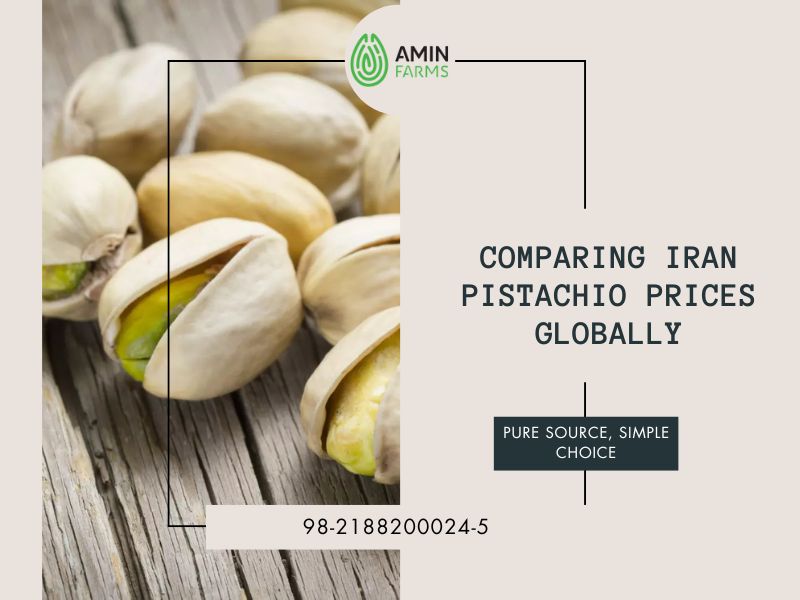
The wholesale price of pistachios in Iran, in the global market, is influenced by a variety of factors, reflecting both the country’s high-quality advantage and the competitive dynamics of international trade. While Iranian pistachios, especially premium varieties like Akbari, often sell at slightly higher prices than the average U.S. (California) grades, they remain beautiful to bulk buyers worldwide.
For standard varieties, the U.S. wholesale pistachio price typically sits lower, around USD 6.50 per kg, mainly due to the country’s high production volume, which makes it a key benchmark for global pricing.
In contrast, Turkey, the world’s third-largest producer, generally maintains higher and more stable prices. Premium varieties such as Gaziantep can range from USD 8.40 to 10.80 per kg, reflecting limited supply and strong regional demand.
Iran, with its wide range of sizes and grades, is priced roughly USD 5 to 9 per kg and retains a unique competitive edge through superior quality, flavour, and distinctive long-kernel varieties like Akbari. This allows Iranian pistachios to fill the price gap between the more affordable U.S. options and the premium Turkish offerings.
How to Negotiate Wholesale Pistachio Deals in Iran?
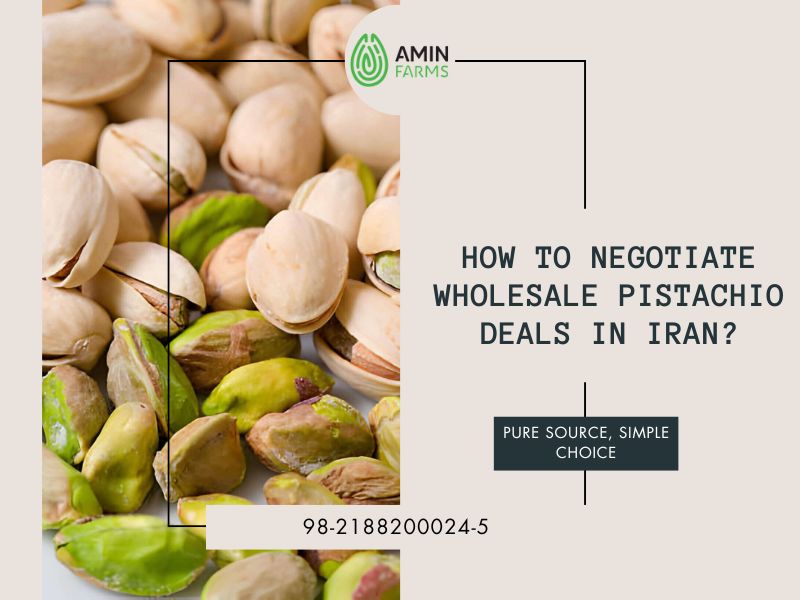
Successful negotiation in the Iranian pistachio market requires a deep understanding of the local market structure and business customs. Securing the best pistachio wholesale price in Iran is not just about the current dollar rate; it’s about having the right strategy.
- Know your grade and volume: Before entering any negotiation, be clear about the ounce size, grade, and total volume you need. Bulk buyers who can commit to larger quantities often have the leverage to secure significant discounts.
- Focus on quality, not just price: Iranian suppliers take great pride in the quality of their pistachios. Rather than pushing solely for a lower price, emphasize product consistency and adherence to international standards, such as aflatoxin testing. This approach builds trust and creates a more favourable environment for price discussions.
- Choose the right timing: Prices typically drop immediately after the harvest season in autumn, when supply is highest. Planning your purchase or signing pre-harvest contracts during this period can lead to substantial savings.
- Build long-term relationships: In Iranian business culture, trust and enduring partnerships are highly valued. Establishing a strong relationship with a reliable supplier often results in better pricing and terms in future transactions.
Tips for International Buyers Sourcing Pistachios
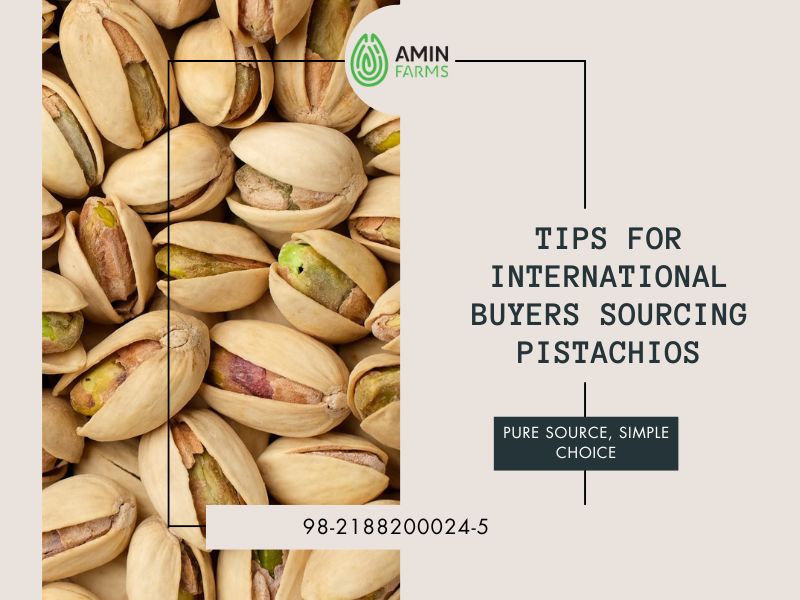
For international buyers looking to source Iranian pistachios, following a few expert guidelines can ensure top quality, optimal pricing, and a smooth export process. Success in this market goes beyond simply finding the best pistachio wholesale price in Iran; it requires careful attention to logistics, standards, and details.
- Take health standards seriously: Always buy from suppliers who can guarantee internationally recognized health certificates, ensuring that pistachios meet EU or destination-country limits for aflatoxin.
- Confirm size and grade: Verify that the ounce size and open-shell percentage in your contract match precisely those delivered during the product inspection. Even minor grade differences can significantly impact price.
- Pre-shipment inspection (PSI): For large orders, hire a reputable third-party inspection company to check the shipment at the warehouse or port before departure. This step minimizes the risk of receiving non-compliant goods.
- Choose the proper transport method: Given pistachios’ sensitivity and the distance involved, request that your supplier use refrigerated containers (reefers) to preserve freshness, especially during hot months.
- Clarify payment terms: Use secure payment methods such as letters of credit (L/C), particularly for first-time or large transactions. This ensures your funds are released only once the goods are verified to meet the agreed standards.
- Specify delivery terms (Incoterms): Clearly define terms such as FOB (Free On Board) or CFR (Cost and Freight) in your contract. This determines precisely when responsibility for costs and shipment risk transfers from the seller to the buyer.
Future Price Trends for Iranian Pistachios
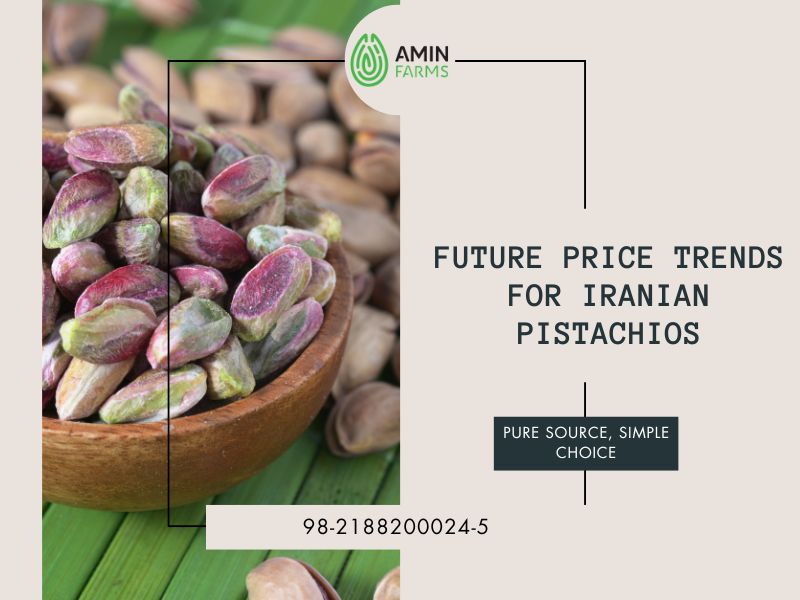
The future of the pistachio wholesale price in Iran is shaped by two opposing forces: rising global demand and domestic production challenges. Demand for Iranian pistachios, particularly premium green kernels and luxury varieties, is expected to continue growing. At the same time, environmental factors such as drought and currency fluctuations are likely to create short-term and medium-term price volatility.
Market analysts predict a gradual upward trend in prices over the coming years, unless competing producers, such as the United States, flood the market with huge crops. For buyers seeking long-term supply with guaranteed quality and competitive pricing, partnering with reliable sources is essential.
Amin Farms, as a leading supplier, is committed to providing high-quality Iranian pistachios at fair prices, enabling international buyers to plan confidently for their long-term needs. By focusing on consistent quality and dependable supply, buyers can navigate market fluctuations while securing the Pistachio wholesale price in Iran per kg that meets both budget and quality expectations.
